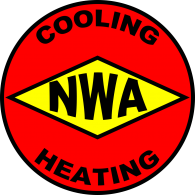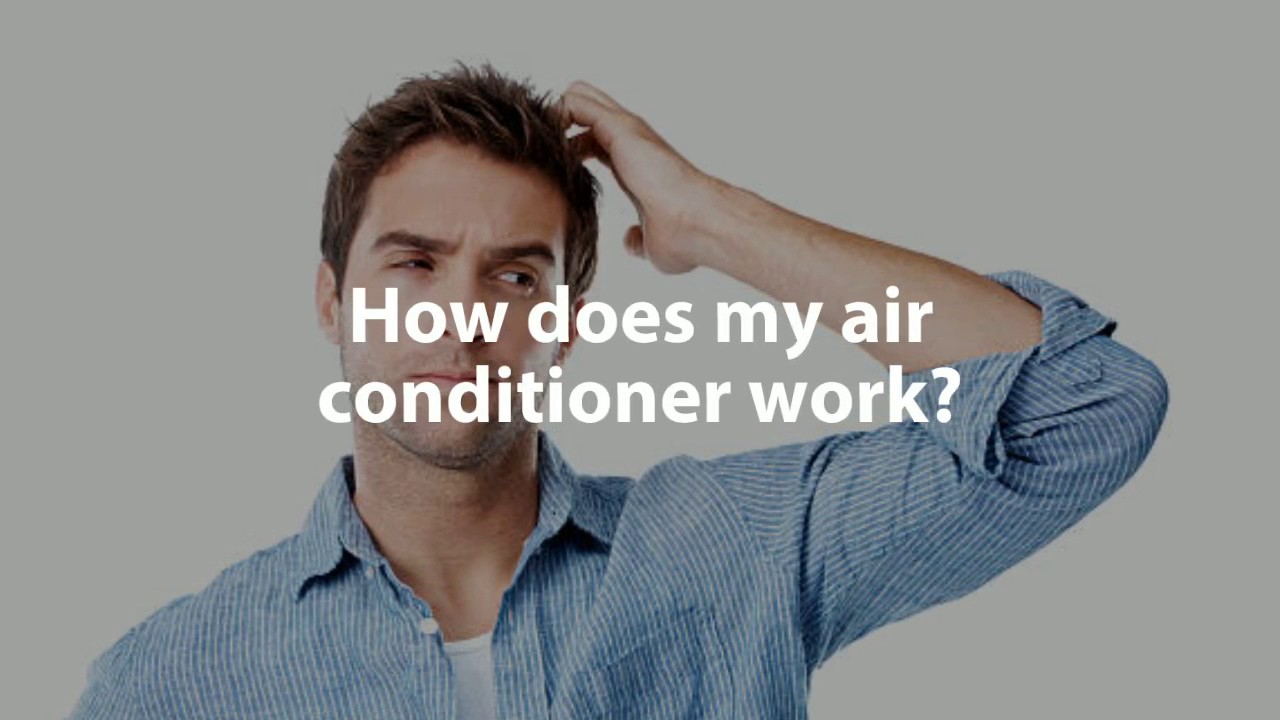Most people think of an air conditioner as a device that cools their home. But how does it work?
What does it really do?
I’ll try to simply explain a very complex system that is composed of 4 main components. By definition (according to physics), there is no such thing as cool. The only thing that really exists is heat. What we perceive as hot and cold are simply various quantities of heat within a substance. (We will discuss what those little heat thingys are called later). So, think of an air conditioner that really just moves heat from where we don’t want (in your home) it to somewhere we don’t care about (outside). Ever felt the air coming out of the fan of that outdoor unit during the summer? That’s heat being rejected that came from inside your home.
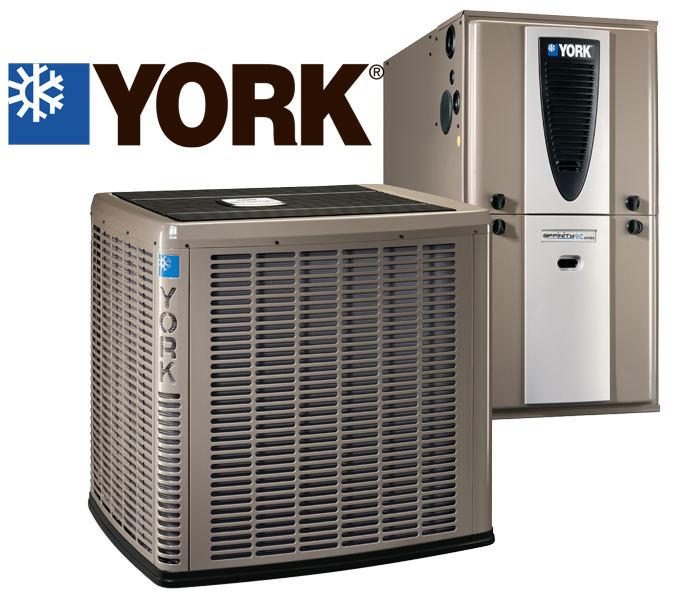
Main Components
The main components are as follows:
Condenser
Blower
Evaporator
Duct
The Condenser is the outdoor unit and contains the compressor, condenser coil, fan motor and various electrical components.
The Blower is found inside a furnace or air handler and pushes the air through the duct throughout your home.
The Evaporator is located at the furnace or inside the air handler. It contains the evaporator coil and a metering device.
The Duct is the distribution piping for the air through your home.
The names of these components often give a hint as to their function.
Heat
The measure of heat is the British Thermal Unit or BTU. 1 BTU is the amount of heat that it takes to change the temperature of 1 pound of water 1F. Most substances don’t require the addition or removal of much heat to simply change their temperature. The real work is done when we change the state of a substance. It takes 144 BTU to change 1lb of ice to water and the temperature doesn’t even change (yes both water and ice can exist at 32F).
A ton of air conditioning is 12,000 BTU (That’s the amount of heat absorbed by 1 ton of ice). And our air conditioners are rated in tons per hour. So a 3 ton system can move 36,000 BTU of heat every hour! So ice wouldn’t be a very efficient method of cooling our homes.
The Magic of How it Works!
All of these components are connected. Neither can function without the other and the “blood” of this body is refrigerant. As you might can guess, it’s the change of state of this refrigerant that we are interested in.
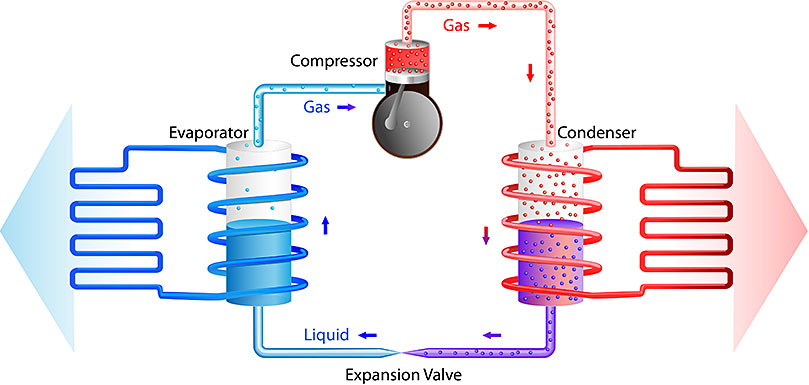
Let’s start with the Condenser. The compressor is basically a pump for the refrigerant (the heart). The refrigerant is compressed to a high pressure vapor (often referred to as hot gas). From there it goes to the condenser coil. The most common type of system uses the fan to pull air across the coil to remove the heat from the refrigerant. Once the refrigerant sufficiently cools, it changes state from a high pressure vapor to a high pressure liquid. Large amounts of heat are ejected outside during the change of state. Once it changes to liquid it is further “sub-cooled”.
The refrigerant then travels to the evaporator. The first thing it comes to is the metering device (the above pictures show an expansion valve which is one type of metering device). This metering device regulates the flow into the evaporator coil through a small opening. This small opening creates a differential in pressure (much like kinking a water hose). When we change the pressure of a compressed fluid something magical happens. The rapid pressure drop causes the liquid to begin evaporating. So the refrigerant is first changed from a high pressure liquid to a low pressure liquid and then begins rapid evaporation. It’s the change of state that gives us large amount of heat absorption inside the evaporator coil. The blower pushes air across the coil, heat is removed and “cool” air travels through the duct to our homes.
Once the refrigerant is all evaporated, small amounts of heat are still absorbed. This extra amount is what we call “super-heat”. Once the low pressure vapor leaves the evaporator coil, it travels back to the compressor to start the process all over again.
Does a Heat Pump Work the Same Way?
The answer is yes. During the summer it works just like a regular air conditioner. During the winter it simply reverses the cycle. We are very creative in our industry with names. The device that reverses the cycle is called a reversing valve.
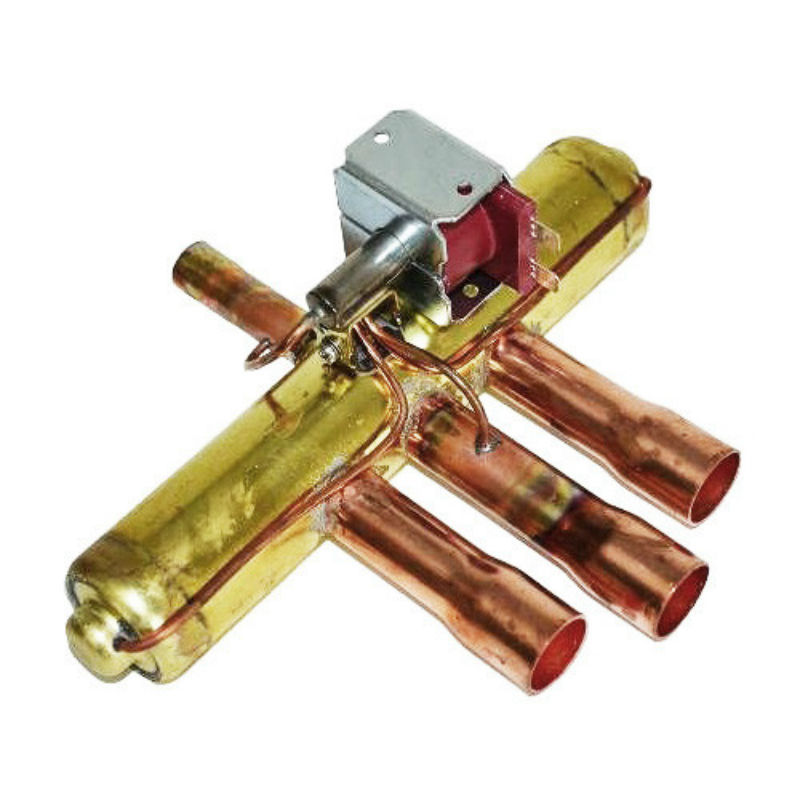
Demystified
So the magic isn’t really magic. It’s physics. And you never thought any of that was important to know in real life.
If your physics isn’t working as it should, call NWA Cooling & Heating at (479) 936-1455 today or book online (it’s easy).
Author: Tom Calhoun – NWA Cooling & Heating
